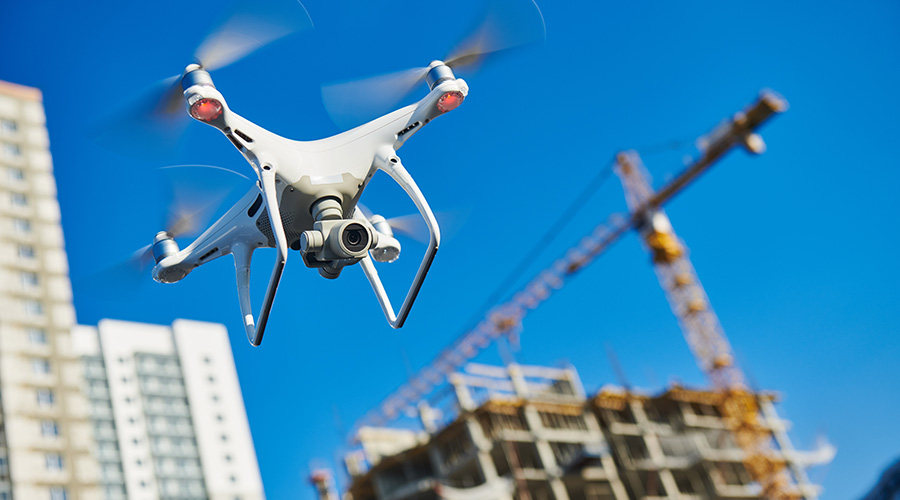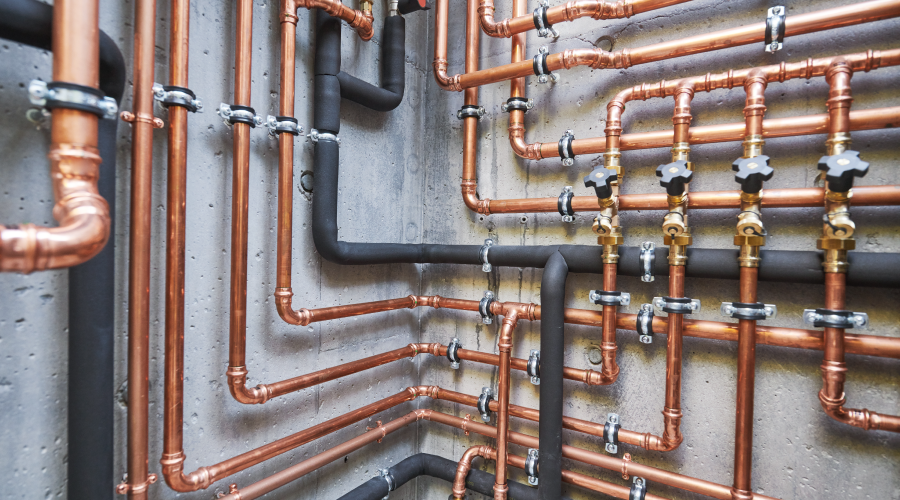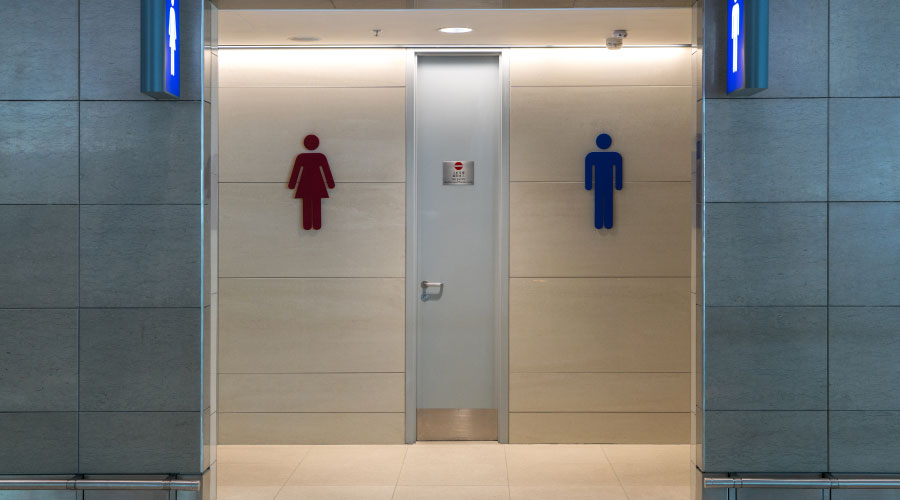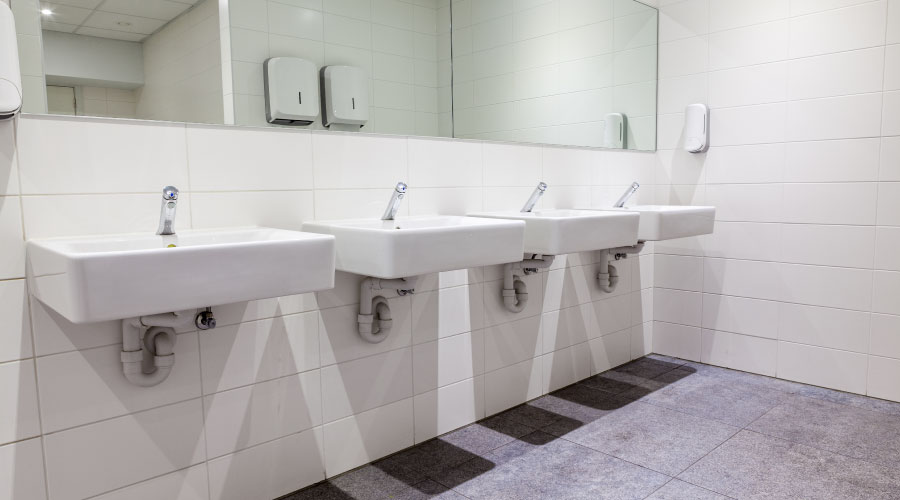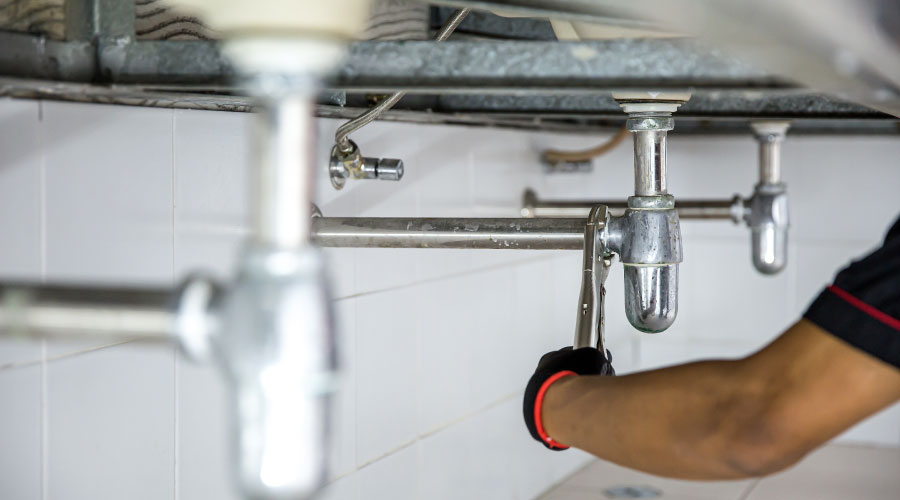Restroom Cleaning: Automatic Cleaners, Sanitizers Improve Hygiene
As concerns related to the spread of disease and infection continue to make headlines, the public is paying even closer attention to the condition of restrooms in institutional and commercial buildings. As a result, maintenance managers are looking for newer and better ideas for improving the hygiene of their buildings' restrooms.
Among the proven strategies for achieving this goal is updating cleaning and maintenance activities, taking advantage of the hygiene benefits of no-touch plumbing fixtures and dispensers, and improving specification decisions to cost-effectively specify fixtures, cleaning chemicals, and related restroom equipment.
Cleaning Considerations
Some updated restroom cleaning practices incorporate automatic sanitizers and automatic toilet-seat cleaners to augment and reduce custodial requirements. Automatic sanitizers release disinfectants to control odors and sanitize with each flush. The act of cleansing between each user ensures the fixture is clean and scale-free and requires less labor-intensive, manual cleaning.
Another labor saver is automatic toilet-seat cleaning, a hands-free step that gives users enhanced toilet-seat sanitation. The user activates a motion sensor that automatically cleans, disinfects, and completely dries the toilet seat in 15 seconds. The entire cleaning process is done without contact, ensuring sanitary conditions.
Waterless urinals are designed to be sanitary and odor-free, due to the liquid seal design. Upgrading to these urinals also can reduce maintenance requirements, since they do not use flush valves. They also substantially reduce a facility's annual water use.
New types of plastic stalls are anchored to walls instead of floors and are tougher than metal, and, as a result, they reduce cleaning time and maintenance because they resist graffiti and vandalism.
Managers can minimize a restroom's maintenance needs by upgrading floors with seamless epoxy flooring. If floors are tile with grout joints, housekeepers must use extra care, cleaning material and time to ensure sanitary conditions. They also periodically must use special grout-cleaning chemicals, which require standing time to penetrate dirt embedded in the grout, and the clean-up to remove excess liquid takes longer than with a seamless epoxy floor.
An upgraded floor that uses seamless, one-piece epoxy flooring or a similar membrane requires less maintenance labor and retains a brighter, more pleasant appearance that is free from grout lines, which quickly can become unsightly.
Another strategy to save time and money involves adopting standard floor-cleaning procedures for each task and grouping the tasks into efficient routes. Custodial employees are front-line quality assurance providers who maintain and improve the hygiene and attractiveness of restrooms throughout the day. Standardization includes everything from the way managers hire custodians to everyday practices custodians employ to perform their work.
The hiring and training process is more effective if managers maintain and update a comprehensive job description that shows major responsibilities and a list of duties and physical and mental requirements of a job. These minimum requirements ensure each new custodial employee can meet the responsibilities of the job and follow the standard practices and schedules assigned by supervisors.
Related Topics:







